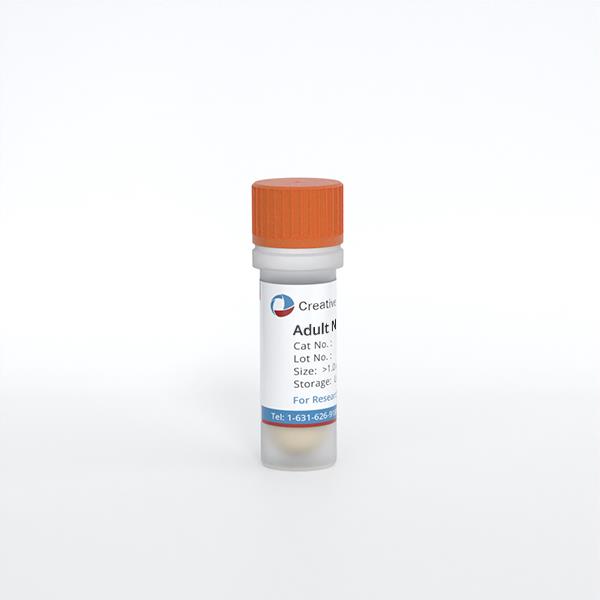Featured Products
Hot Products
ONLINE INQUIRY

Dental Pulp Process Tissue from Deciduous Teeth
Cat.No.: CSC-C4511X
Species: Human
Source: Dental Pulp; Tooth
- Specification
- Q & A
- Customer Review
Cat.No.
CSC-C4511X
Description
Stem Cells From Human Exfoliated Deciduous Teeth (SHED ) are considered to be the most 'immature' of the Dental Stem Cells and show the highest proliferative capacity when grown in culture. Similar to the DPSCs from third molars, SHED are very durable in culture and have been passaged over 80 times with no detectable signs of senescence or telomere shortening. SHED express the embryonic stem (ES) cell markers Oct4, Nanog, stage-specific embryonic antigens (SSEA-3, SSEA-4), and tumor recognition antigens (TRA-1-60 and TRA-1-81). When cultured in neurogenic medium, SHED form sphere-like clusters which adhere to the culture dish or float freely in the culture medium.
Species
Human
Source
Dental Pulp; Tooth
Disease
Normal
Storage and Shipping
Store in liquid nitrogen and ship in dry ice.
Citation Guidance
If you use this products in your scientific publication, it should be cited in the publication as: Creative Bioarray cat no. If your paper has been published, please click here to submit the PubMed ID of your paper to get a coupon.
Ask a Question
Write your own review
Related Products




